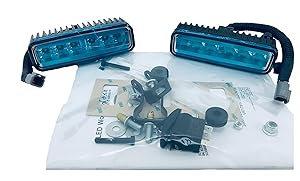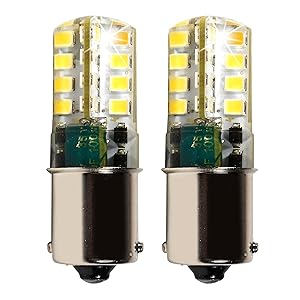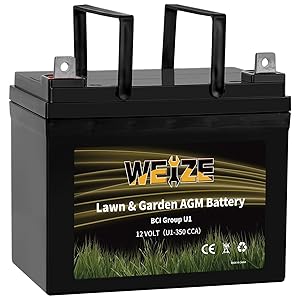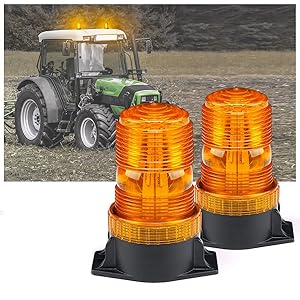
Samson
The Samson company's story commenced with the creation of the "Sieve Grip" tractors in Stockton, California. Offered in a pair of configurations, this three-wheeled machine boasted a remarkably low profile—ideal for navigating orchards—and featured open steel wheels with gaps between the treads. Following Ford's entry into tractor manufacturing, General Motors resolved to join the market. In 1919, GM acquired Samson and relocated its facilities to Janesville, Wisconsin, integrating them with the existing operations of the Janesville Machine Company, another GM purchase. This factory then produced both Samson tractors and two distinct sizes of Samson trucks. The original Sieve Grip tractors struggled to compete with Ford's pricing, prompting a shift to the more accessible Samson M. The M proved successful in the marketplace. While a larger Model A was contemplated, the company strategically redirected its focus towards the Iron Horse cultivator. Unfortunately, this cultivator suffered from design flaws and faced intense competition. Consequently, GM experienced financial losses and made the difficult decision to discontinue the entire Samson product line. By 1922, the factory underwent a transformation, becoming a dedicated Chevrolet assembly plant.
Recommended Products
Advertisement · Featured Tractor-Related Products

LED Work Light Kit
John Deere LED Work Light Kit Replaces AM140853, BM24273, BM24016, BM25705 and BUC10222

Bright LED Bulbs Cool White compatible
HQRP® 2-Pack BA15S LED Bulbs Replacement; Bulb Type: BA15S Base (Single Contact); Working Voltage:12-24V DC; Lumen: 250-300; Way brighter than regular lights;

WEIZE Lawn Garden AGM Battery, 12V 350CCA BCI Group U1 SLA Starting Battery
Power your lawn tractors and mowers with the high-quality Weize BCI group U1 Battery. This SLA, AGM battery provides 12V of reliable power and has a 350 Cold Cranking Amps rating.

Xprite 30 LED Amber Forklift Beacon Strobe Light Safety Warning Flashing Lights
★ FEATURE: This Warning Beacon Strobe Light Total of 30 High Brightness SMD 5730 LEDs with Low Polycarbonate Dome, More Clearer Vision Can Provides 360 Degrees of Coverage. Lifespan Up to 50,000 Hours. ★ PATTERN: 3 Bright Flashes With 1 Second In Between. Durable PC Lens And Better Light Quality. Low Power Consumption And Low Heat. Self-Contained LED, No External Flasher Required.
* This page contains affiliate links, purchases may generate revenue for this site